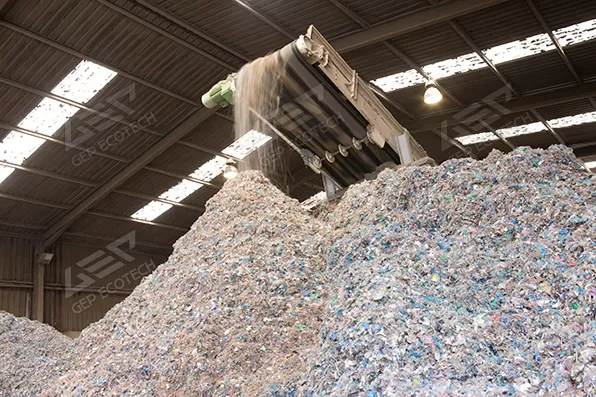Waste generated in cities and villages includes combustible waste with low moisture content, such as paper, plastic, and wood debris; and waste with high moisture content, such as food production waste, kitchen waste, manure, sewage sludge, biomass and other organic sludge. Waste with high moisture content will generate methane gas and hydrogen sulfide when buried without treatment, causing environmental pollution. Incineration of high moisture waste requires sub-material to assist with the incineration. Cooking oil waste with low moisture content may be effectively recycled as BDF, and energy can be recovered from wood debris incineration. Waste treatment, such as composting, methane fermentation, and use as animal feed, that best suit the features of the locale is selected.
Alternative fuels have become increasingly popular in the cement industry as a way to reduce costs and environmental impact. One way that cement kilns are using alternative fuels is by replacing traditional fossil fuels with alternative fuels.Alternative…
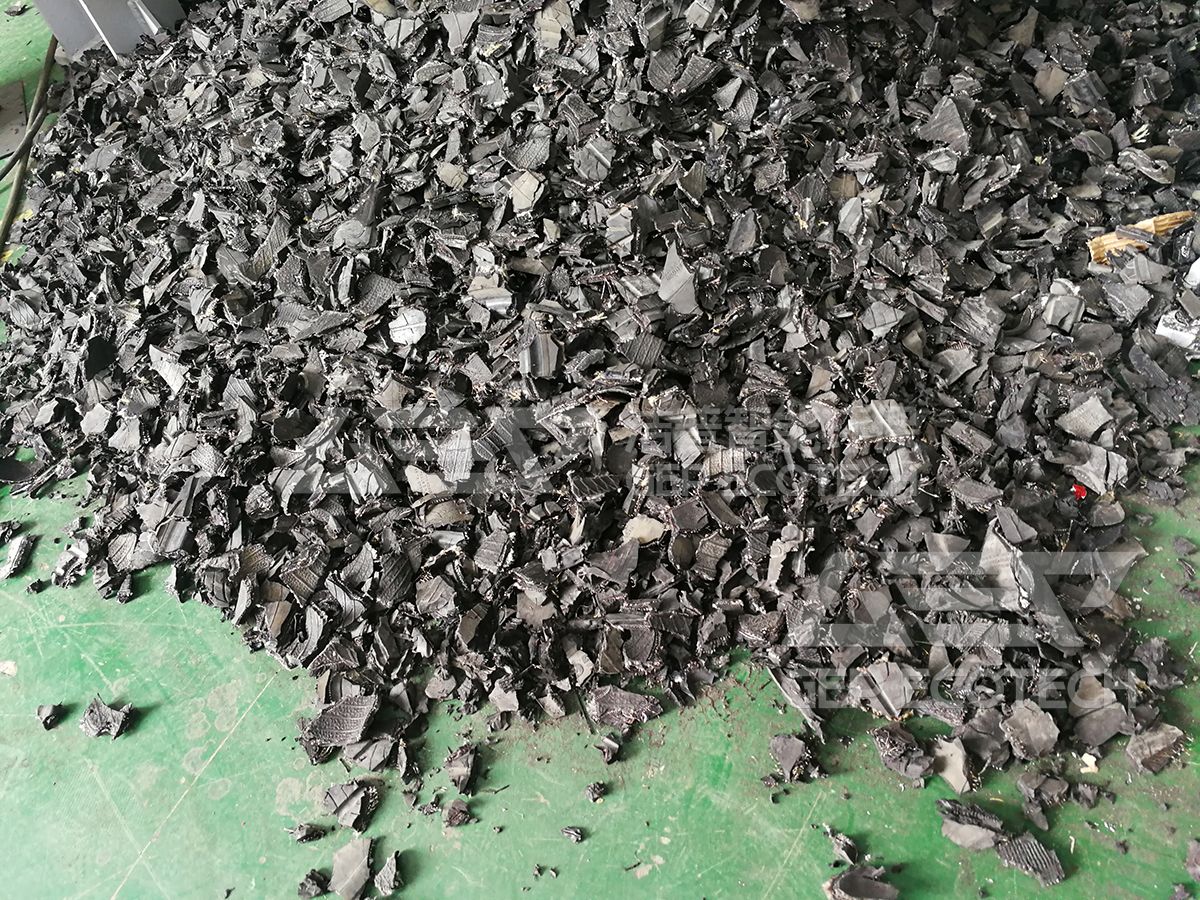
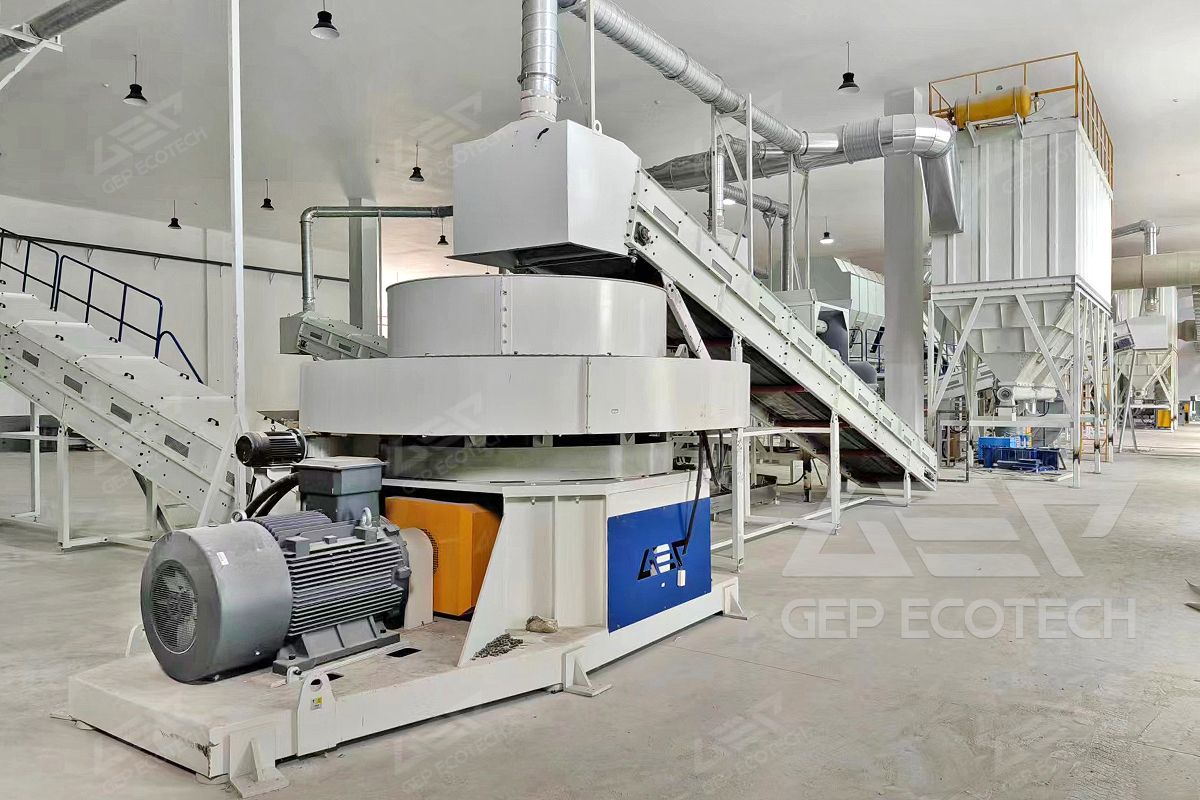
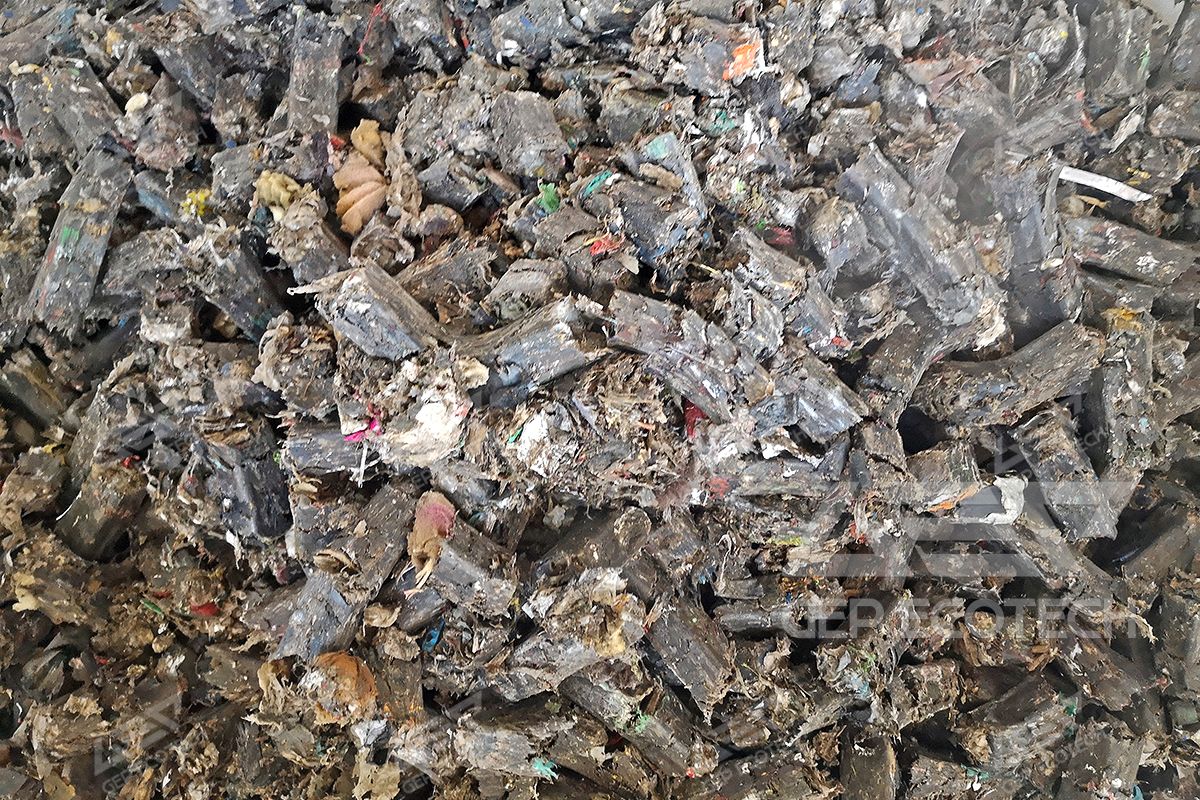
Waste-to-energy (WtE) plants are designed to efficiently handle, sort, and process different types of waste materials to convert them into energy. Different types of waste disposal equipment are needed for various stages from waste to energy. Here are…
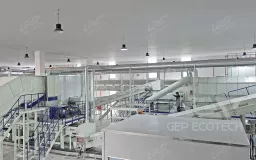
The calorific value of RDF(refuse-derived fuels) is a key parameter that affects the energy efficiency and economic benefits of waste-to-energy plants. How to improve the calorific value of RDF in the production process has become a hot topic in the…
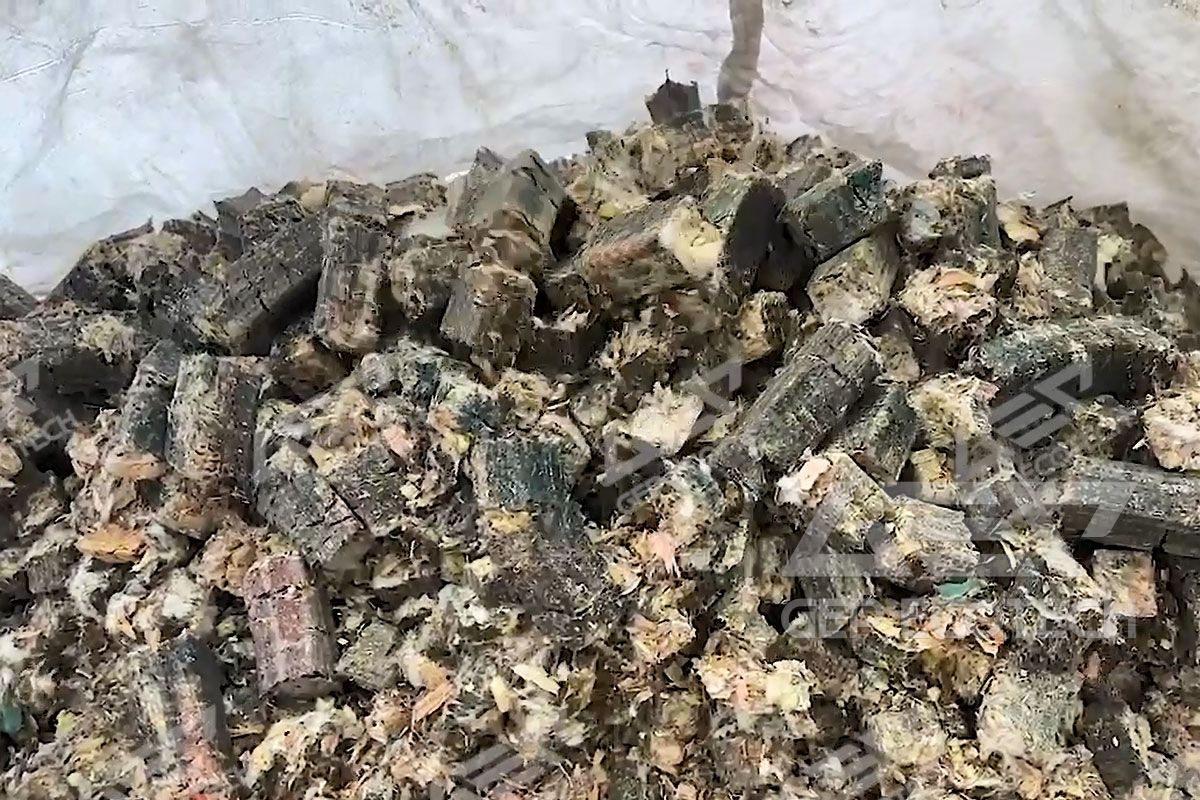
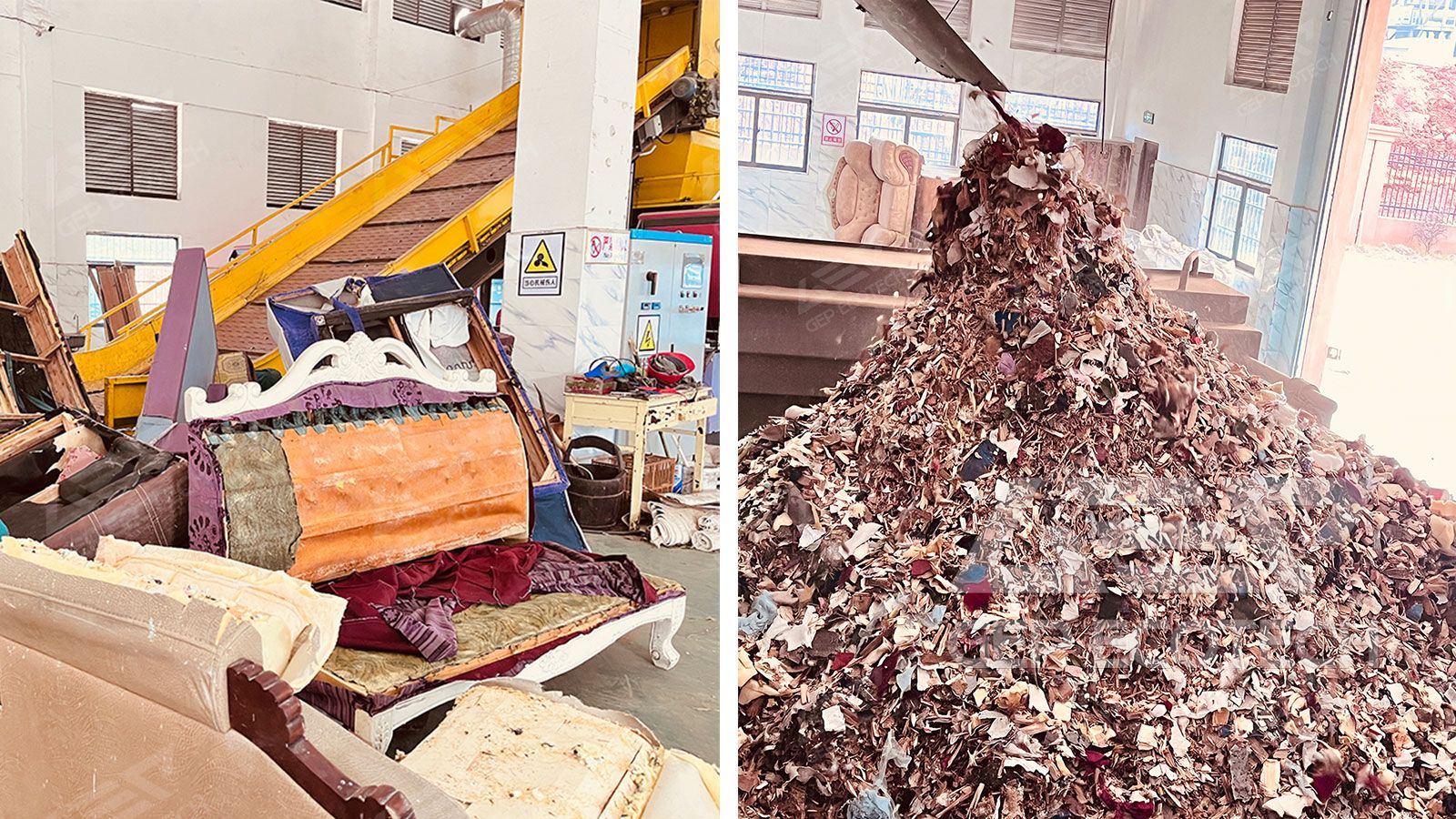
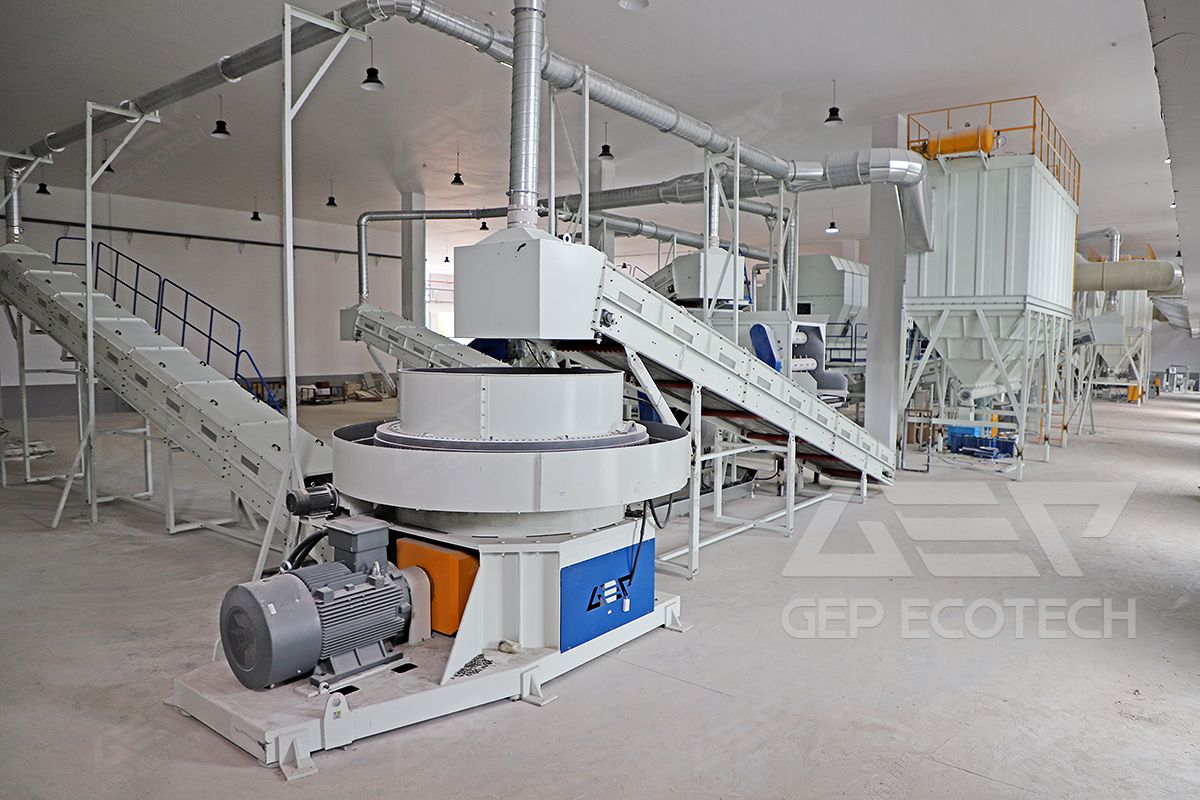
Alternative fuel RDF (Refuse Derived Fuel) refers to solid secondary substances that are produced from waste and serve as a fuel in some types of production. Typically RDF is used as a supplemental or primary fuel in plants that operate smelting or…
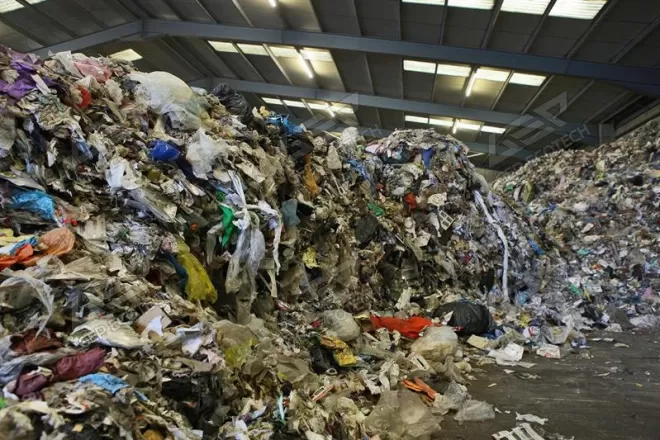
Refuse Derived Fuel(RDF) is the generic name for alternative fuels obtained from recycling. Almost any organic material is suitable as fuel: cellulose, rubber, plastic, leather, its substitutes, etc.By using professional machinery, it is possible to make…
